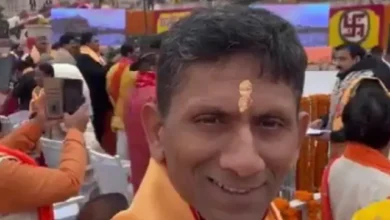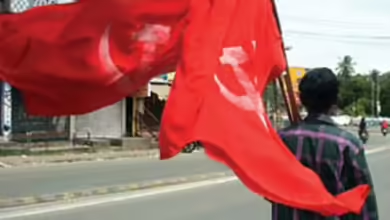Why does SBI need four months to provide data on electoral bonds?
For over four months, the State Bank of India has been requesting information on who has put money into 22,217 electoral bonds and who has taken money out of them.

For a completely automated bank like SBI, this may seem like a task that should just take a few minutes, and many have questioned why the bank is requesting four months to provide this data as required by the Supreme Court.
It is crucial to comprehend the operation of electoral bonds prior to attempting to comprehend SBI’s argument:
A individual or business must first visit one of the 29 approved SBI offices in order to make a financial contribution to a political party.
There, the individual creates the “bonds” (which are similar to demand drafts) and deposits the money at the branch. A demand draft will include the names of the payer and the payee, but an electoral bond would not. This is the main distinction between the two types of documents. Put another way, imagine if you made an electoral bond, misplaced it on the way home, and there’s no way for anybody to find you or figure out who you intended to give it to. These ‘carrier bonds’ are second only to cash in terms of anonymity.
Hence, you would first go into any one of the 29 SBI offices and declare your intention to establish an electoral bond worth Rs. 50 crore. After that, you would give the bank Rs 50 crore, and it would give you 50 certificates, each worth Rs 1 crore.
Following that, SBI will record the transaction’s information on paper rather than in its systems. After that, it would package this document and mail it to SBI’s Mumbai headquarters. To protect the anonymity of the donor and the entity receiving the funds, SBI refrained from entering the information into its computer systems.
The individual leaves the bank after obtaining the fifty bonds and visits his preferred political organization.
At this point, the subject turns in the bindings and leaves.
Next, a party representative travels to SBI and deposits the electoral bond for redemption along with the party’s account information, much as you would with a check.
The money is subsequently credited to the party’s account by SBI.
Let’s now attempt to ascertain why SBI believes it requires four months to provide the data.
Its first concern is that, throughout the four years in question, it has issued over 22,217 bonds.
This implies that there may have been thousands of transactions overall. For instance, assuming that every individual bought 10 bonds on average, this suggests that there were around 2,222 transactions overall.
As every transaction would be documented in a distinct envelope, a total of 2,222 envelops would be created.
All of these envelopes are located at the Mumbai central branch of SBI.
These envelopes now solely cover the transaction’s deposit portion.
Every time a representative of the party arrived to redeem a number of electoral bonds, the transaction was also documented on paper, and a sealed cover was made.
This implies that an additional 1,000 or 2,000 sealed covers, which match to the redemptions, would be lying in a separate bag.
SBI claims that it did not attempt to identify who gave to which party by opening the envelopes and that both of these sets of sealed covers are stored exactly as they are. Stated differently, these two sets of envelopes correspond to two distinct information “silos” that have not been cross-matched.
But the Supreme Court has ordered SBI to do just that—produce information on who gave money to which party and how much.
Now that SBI has opened the first batch of envelopes (contribution information), it will be necessary to determine whose money went to which party. It will be necessary to compile a list of contributors and record the specifics of each donor’s certificate.
The second bag of envelopes would then be opened, a list of political parties would be compiled, and a list of certificates placed by each party would be provided against it.
After the two lists are finished, they will be compared to produce a new list of who donated how much money to which party.
The aforementioned approach, however, makes a crucial assumption: that every transaction slip has the unique ID of the bond that was issued or redeemed.
SBI will need to first determine which bond was engaged in which transaction by comparing the creation date of each bond with the transaction date listed in the paper slips in the event that such a unique ID did not exist or if SBI failed to record the unique ID in its transaction slips.
According to SBI’s testimony before the court, it seems that the transaction details did not include this ID and that the only way to associate each certificate with a transaction would be by using the branch name and creation date. “To make available donor information, the date of issue of each bond will have to be checked and matched against the date of purchase by a particular donor,” stated the SBI.
Tracking the movement of the certificates generated on a day when many individuals or companies entered the same bank branch to obtain electoral bonds would be challenging in the absence of a unique identification.







